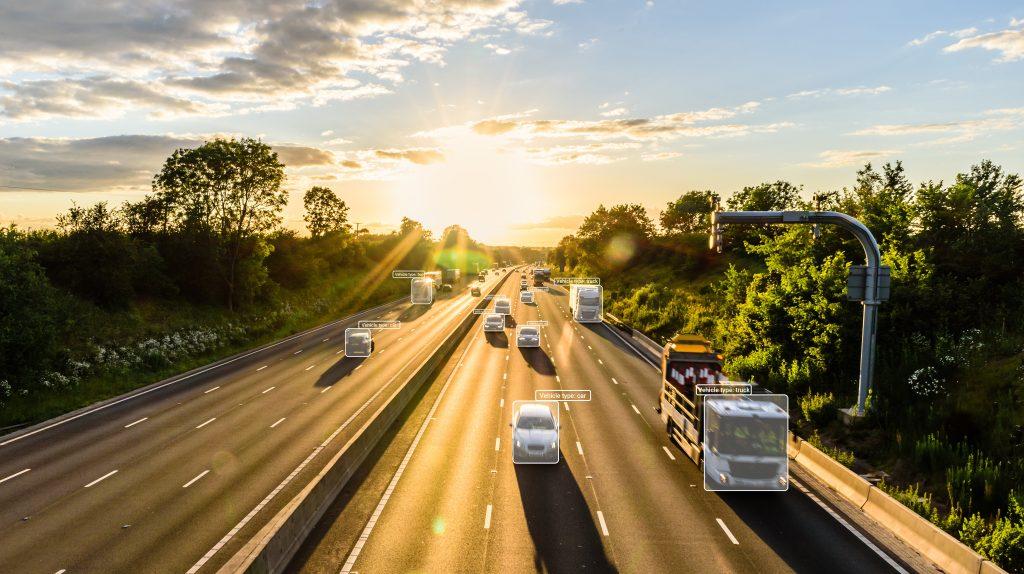Notifications

5 minutes, 6 seconds
-5 Views 0 Comments 0 Likes 0 Reviews

With the surge in urban traffic and the growing need for road safety, cities worldwide are adopting smart traffic solutions. Among the most impactful technologies are automatic license plate recognition (ALPR), enforcement cameras, and red light traffic cameras. These systems provide law enforcement agencies with real-time data, help reduce traffic violations, and ensure smoother vehicular flow.
Automatic License Plate Recognition, also known as ALPR or ANPR (Automatic Number Plate Recognition), is an AI-powered technology that uses high-speed cameras and optical character recognition (OCR) to read and capture license plate information. These systems are often installed on highways, toll booths, or patrol vehicles and are capable of identifying hundreds of plates per minute.
High-resolution cameras capture vehicle license plates.
OCR algorithms convert plate numbers into digital text.
The data is checked against databases for flagged vehicles (e.g., stolen, expired registration).
Real-time alerts or logs are created for law enforcement or traffic monitoring agencies.
Enforcement cameras are widely used to monitor and document traffic violations such as speeding, illegal turns, or ignoring stop signs. These cameras serve as automated eyes on the road, promoting compliance with traffic laws and reducing the burden on human officers.
Automated ticketing reduces the need for traffic stops.
Data logging provides forensic support for investigations.
Remote surveillance in high-risk or high-traffic areas improves safety.
Behavior modification among drivers due to awareness of surveillance.
Red light traffic cameras are a subset of enforcement cameras specifically designed to capture vehicles that run red lights at intersections. Using sensors embedded in the road and synchronized camera systems, they record violations with time-stamped images or video.
Prevent T-bone accidents at intersections.
Reduce fatalities and injuries caused by signal violations.
Act as a deterrent when drivers know intersections are monitored.
Provide evidence for dispute resolution in accidents.
Modern cities are integrating ALPR with other intelligent transport systems (ITS) for seamless monitoring and data sharing. This fusion allows better traffic flow analysis, incident detection, and urban planning decisions.
Examples include:
Combining ALPR with toll collection systems.
Using enforcement data for dynamic traffic signal control.
Real-time alerts for unauthorized or blacklisted vehicles.
As urban areas continue to grow and traffic congestion becomes a pressing issue, automatic license plate recognition, enforcement cameras, and red light traffic cameras offer a viable, scalable, and effective solution. These tools do more than just monitor; they actively shape safer and more efficient roads. Their ability to automate data collection, reduce manpower dependency, and enhance safety makes them indispensable in modern urban planning and traffic enforcement strategies.
Legality varies by region. Some jurisdictions fully support automated enforcement, while others require specific signage or limit their usage to certain violations.
Yes. Advanced ALPR systems use infrared lighting and high-dynamic range imaging, which enables them to function reliably in rain, fog, or low-light conditions.
Red light cameras are highly accurate due to their synchronization with traffic signals and use of embedded sensors. Most systems are reviewed manually before tickets are issued.
ALPR systems capture only plate data, not personal driver information. However, privacy concerns persist, and data retention policies are essential for ethical use.
These systems require regular calibration, software updates, and physical maintenance to ensure proper functionality and legal compliance.

